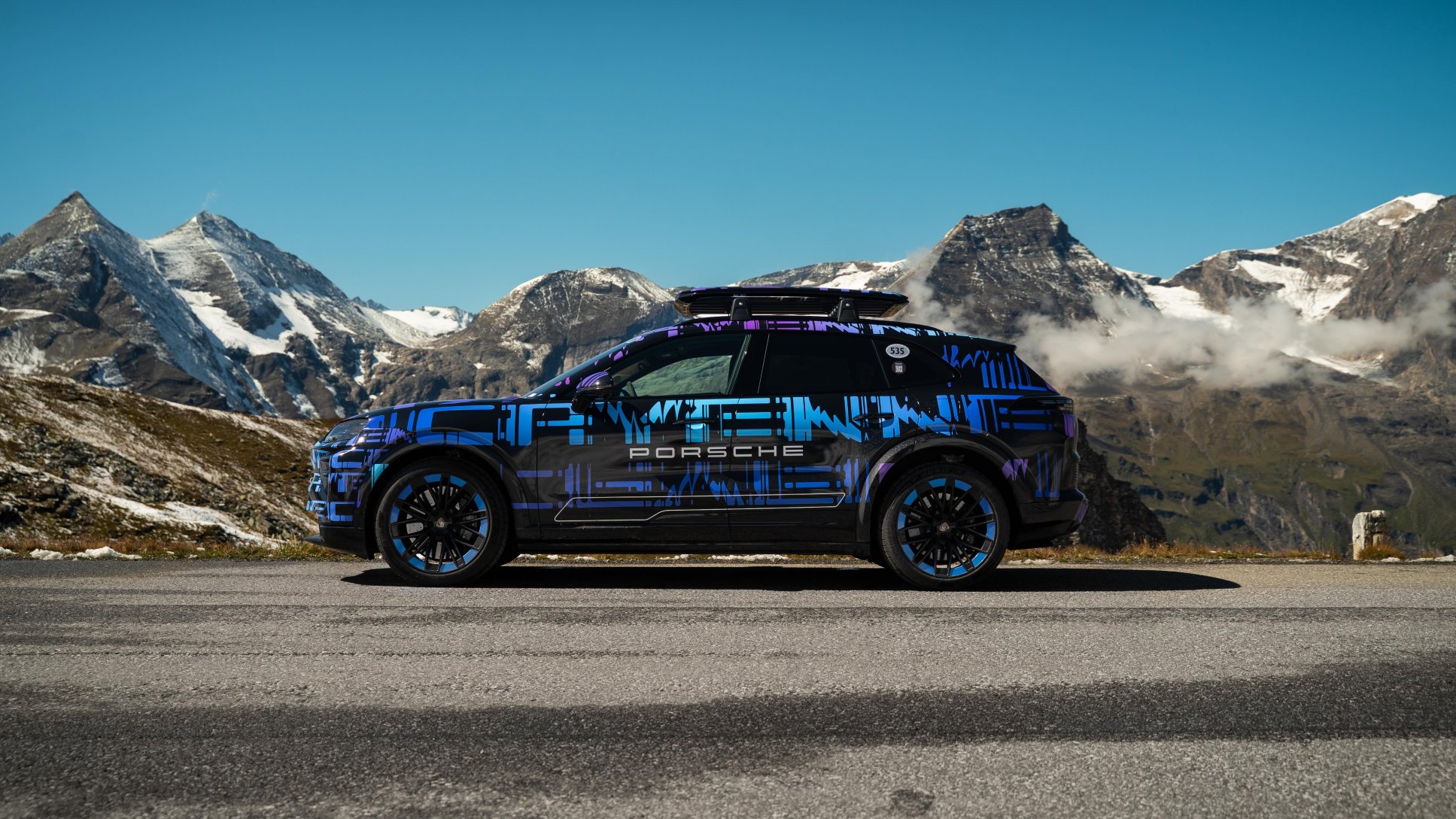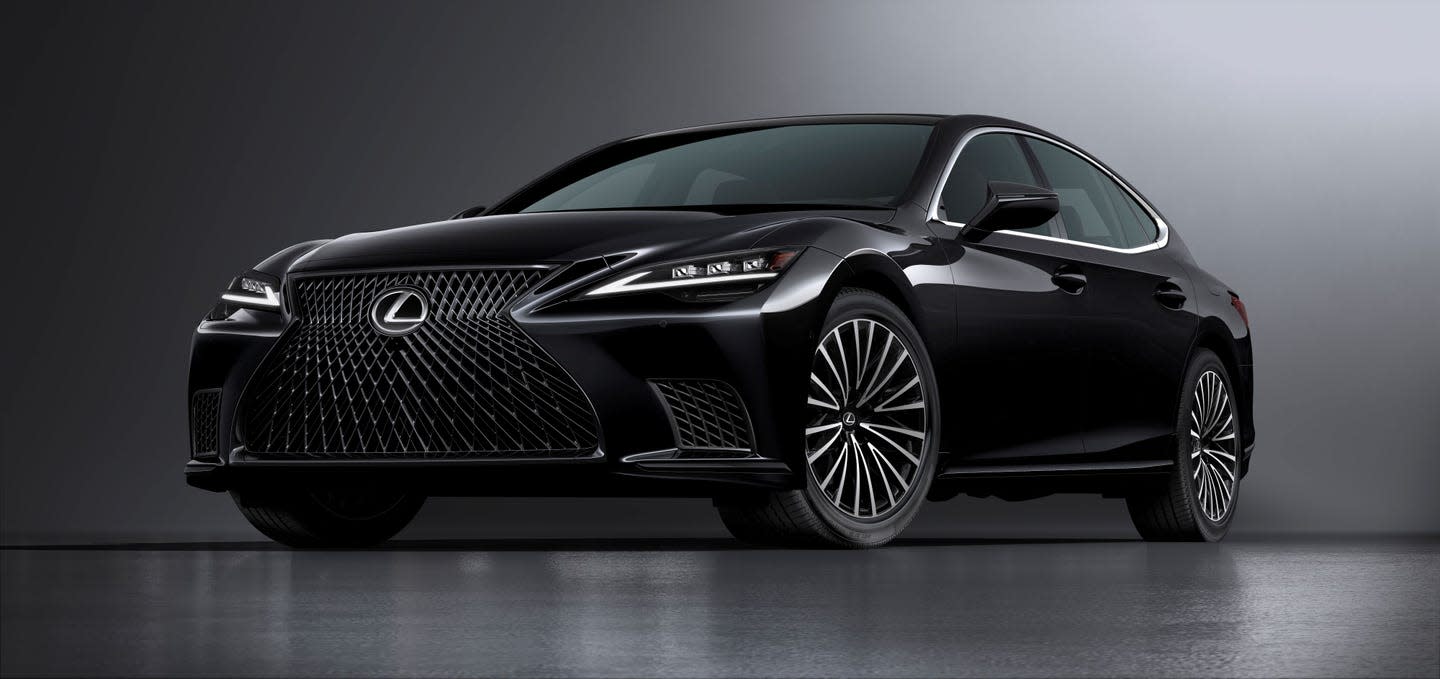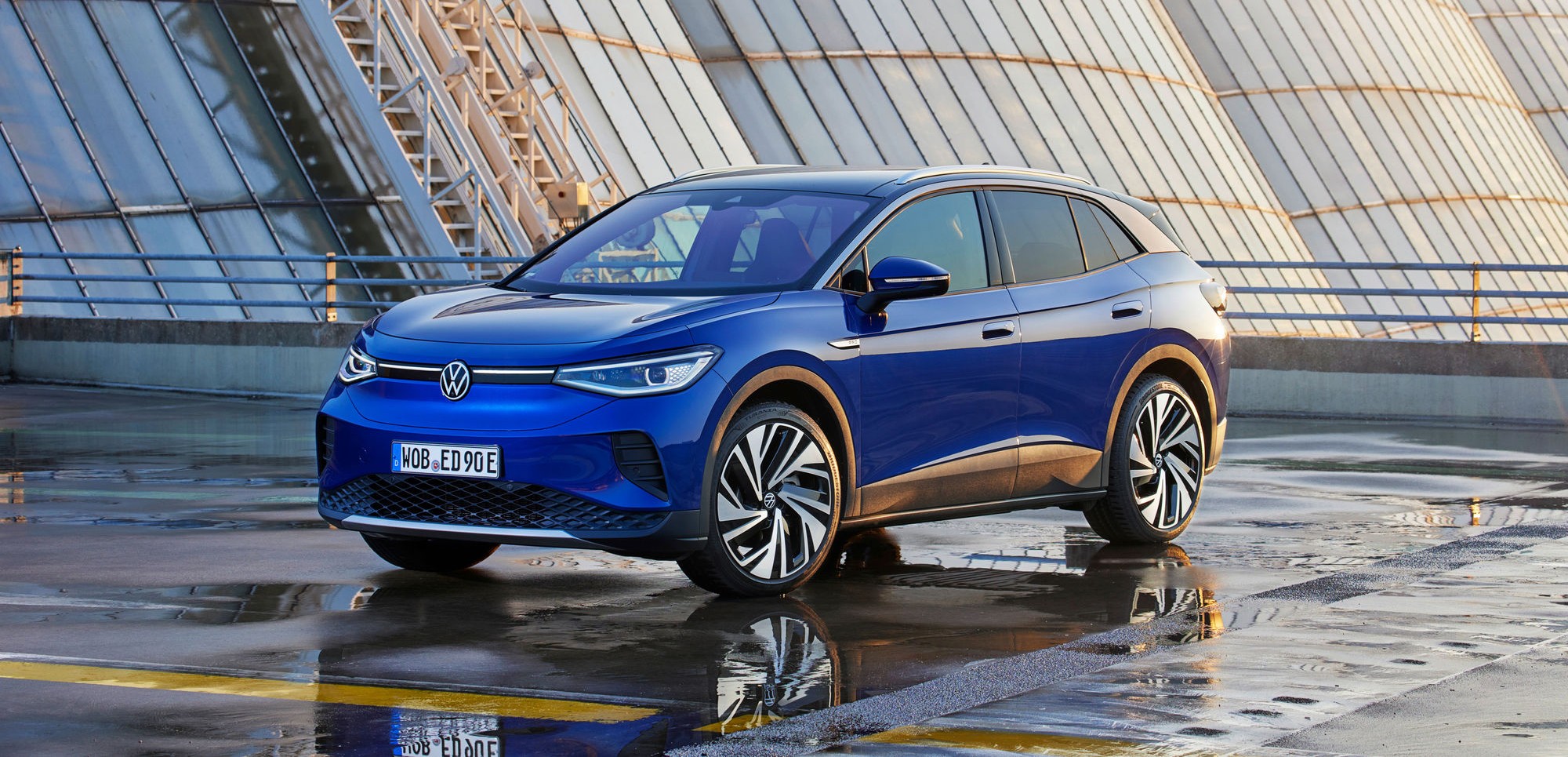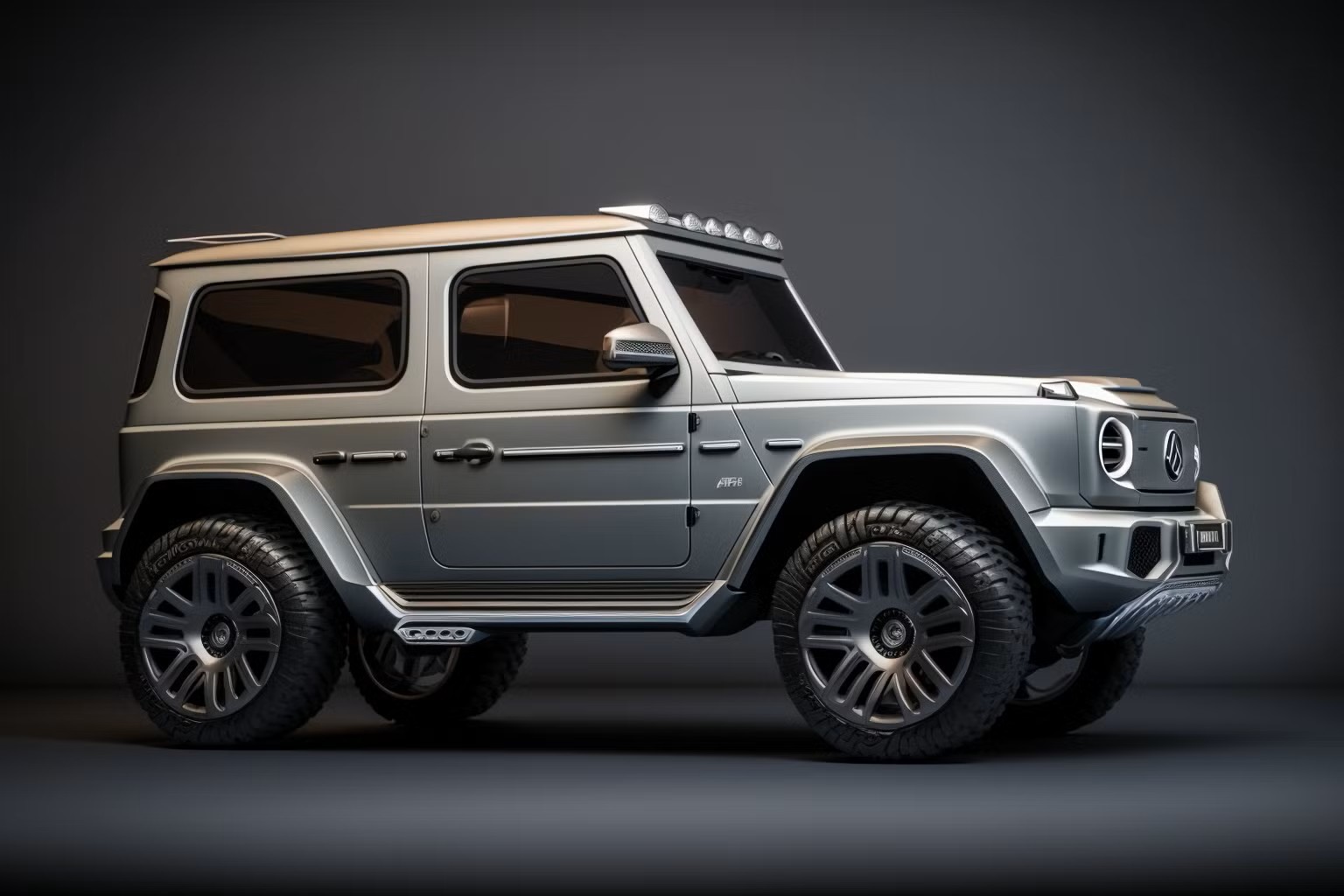Hyundai Revives the Grandeur with an Electric Design that Captures the Spirit of the '80s
1 year ago

Hyundai showcases its ability to reimagine its history in a way that highlights its mastery in the modern era, through the launch of the modified Heritage Series of the Grandeur model, which is considered the brand's first flagship sedan.
The Grandeur was introduced in the late 1980s when Hyundai aimed to enter the luxury car market in South Korea. This front-wheel-drive vehicle was related to the Mitsubishi Debonair, as there was a significant partnership between the two companies at the time, with Mitsubishi supplying engines for all of Hyundai’s models. This partnership greatly aided Hyundai, which was still a relatively new company and had only launched its first car of its own design in 1975.
Although the Grandeur achieved success in the domestic market, it took years for Hyundai to establish its presence in the American market and to venture into the near-luxury segment. The Hyundai XG was its first attempt, based on the third generation of the Grandeur that was designed entirely in-house. Later, the Genesis brand emerged, initially as a nameplate and then evolved into a full-fledged luxury brand.

Thus, while the new Heritage Series version of the Grandeur may be unfamiliar to many people in North America, it represents an important point in Hyundai’s history. The original Grandeur gave the brand prestige in the local market, and the Heritage Series version serves as an ideal showcase of how far this now-mature company has come over time.
The parallels between the updated Grandeur’s design and the striking Ioniq 5 highlight Hyundai's progress in design. Hyundai refers to the square-shaped lights as "Parametric Pixel exterior lighting," and they look stunning on the modified Grandeur, just as they do on the Ioniq 5. It’s a vision of the '80s that has been significantly enhanced. Check out the wheels, which emulate the typical wheel style from that period, yet with a design that makes them stand out.

Read More: Kia Unveils Electrified Version of 1996 Pride LX to Celebrate 80 Years
While the exterior features a polished blocky design, the interior impresses. The chunky steering wheel and upright windows enhance the formal appearance, making the modern, screen-filled dashboard look right at home. Hyundai retained a luxurious velvet-like material for the seats in a vibrant red color that fits perfectly with the period, but reshaped the seats into a style similar to contemporary lounge chairs, upholstered in Nappa leather with decorative stitching. The bronze interior lighting, reflected in the mirrors on the headliner, adds to the drama and allure.

This version also shares an electric powertrain with its modern counterparts, such as the Ioniq 5 (and the upcoming Ioniq 7). Details about the installation are not provided, similar to the previous model in the Heritage Series, the Pony. However, what drives these reimagined classics is less important than the message they convey about the emerging confidence and identity of the brand, creating exciting and eye-catching cars built on the humble backgrounds of its early days.
HOMEPAGE.RELATED_ARTICLES
COMMON.SEE_ALL







